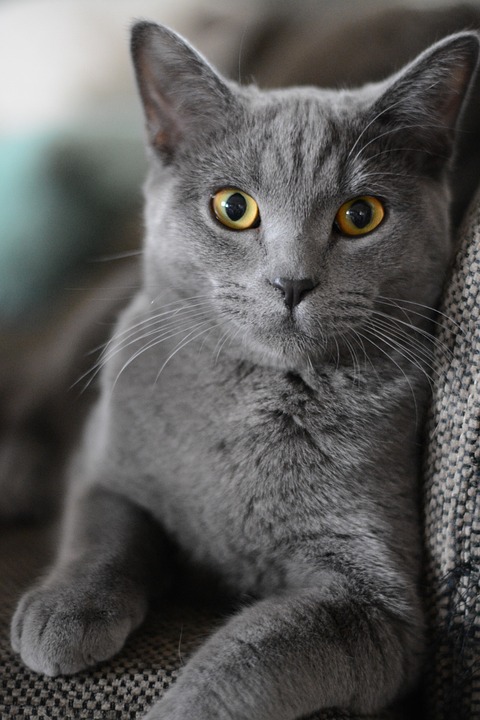Cats and water are not always the best of friends. While cats are known for their independence and self-sufficiency, their aversion to water can sometimes pose a problem when it comes to staying hydrated. As responsible cat owners, it is crucial to understand the importance of hydration for cats and find ways to overcome their water aversion.
One of the main reasons why cats avoid drinking water is their sensory preferences. Cats have natural instincts and preferences when it comes to their water source. They may prefer running water over stagnant water, as it is more reminiscent of their natural hunting instincts. Additionally, the temperature, taste, and smell of water can also impact a cat’s willingness to drink. Cats generally prefer cool, fresh water that is free from any odd odors or flavors.
The placement of the water bowl is another important factor to consider. Cats are known for their cleanliness, and they may be averse to drinking water that is located too close to their litter box or noisy appliances. Placing the water bowl in a quiet and secluded area can help encourage cats to drink more.
Water quality and freshness are also crucial for cats. Providing clean and fresh water is essential to their overall health. Cats can be sensitive to impurities and odors in the water, so filtering the water to remove any contaminants may help entice them to drink.
Stress and anxiety can also affect a cat’s water intake. Cats are sensitive creatures, and any changes in their environment or routine can cause them stress. Creating a calm and inviting drinking environment, away from any potential stressors, can help alleviate their water aversion.
To encourage hydration in cats, it is beneficial to offer multiple water sources throughout the house. Cats may prefer different drinking options, so providing a variety of water bowls or even a water fountain can entice them to drink more.
Speaking of water fountains, these can be particularly appealing to cats. The flowing water mimics the appeal of running water in nature, making it more enticing for them to drink.
Incorporating wet food into a cat’s diet is another way to increase their hydration. Wet food has a higher moisture content compared to dry kibble, helping to keep cats hydrated. It is important to choose high-quality wet food options to ensure they are getting the necessary nutrients.
For cats with a particularly strong aversion to water, flavored water can be a game-changer. Adding a little flavor, such as low-sodium chicken or beef broth, to their water can make it more enticing and encourage them to drink.
Here are some frequently asked questions about cats and water:
1. How much water should a cat drink in a day?
The average water intake for cats varies based on their weight and activity level. As a general guideline, cats should drink about 1 ounce of water per pound of body weight per day.
2. How can I tell if my cat is dehydrated?
Signs of dehydration in cats include a dry mouth, sunken eyes, loss of skin elasticity, and lethargy. If you suspect your cat is dehydrated, it is important to seek veterinary attention.
3. Can I give my cat milk instead of water?
Milk is not a suitable substitute for water. Cats are lactose intolerant, and consuming milk can cause digestive issues and diarrhea. Water is the best and safest choice for hydration.
4. My cat refuses to drink from a water bowl. What should I do?
If your cat has a water aversion, it is essential to try alternative water sources and strategies. Consider offering a water fountain, flavored water, or even ice cubes for them to lick.
5. Are there any health conditions that can cause increased thirst in cats?
Certain health conditions, such as diabetes, kidney disease, or hyperthyroidism, can cause increased thirst in cats. If you notice your cat is drinking excessively, it is advisable to consult with a veterinarian.
In conclusion, ensuring that cats stay hydrated is vital for their overall health and well-being. By understanding the reasons behind their water aversion and implementing strategies to overcome it, we can encourage regular water consumption and promote a healthy lifestyle for our feline friends.








